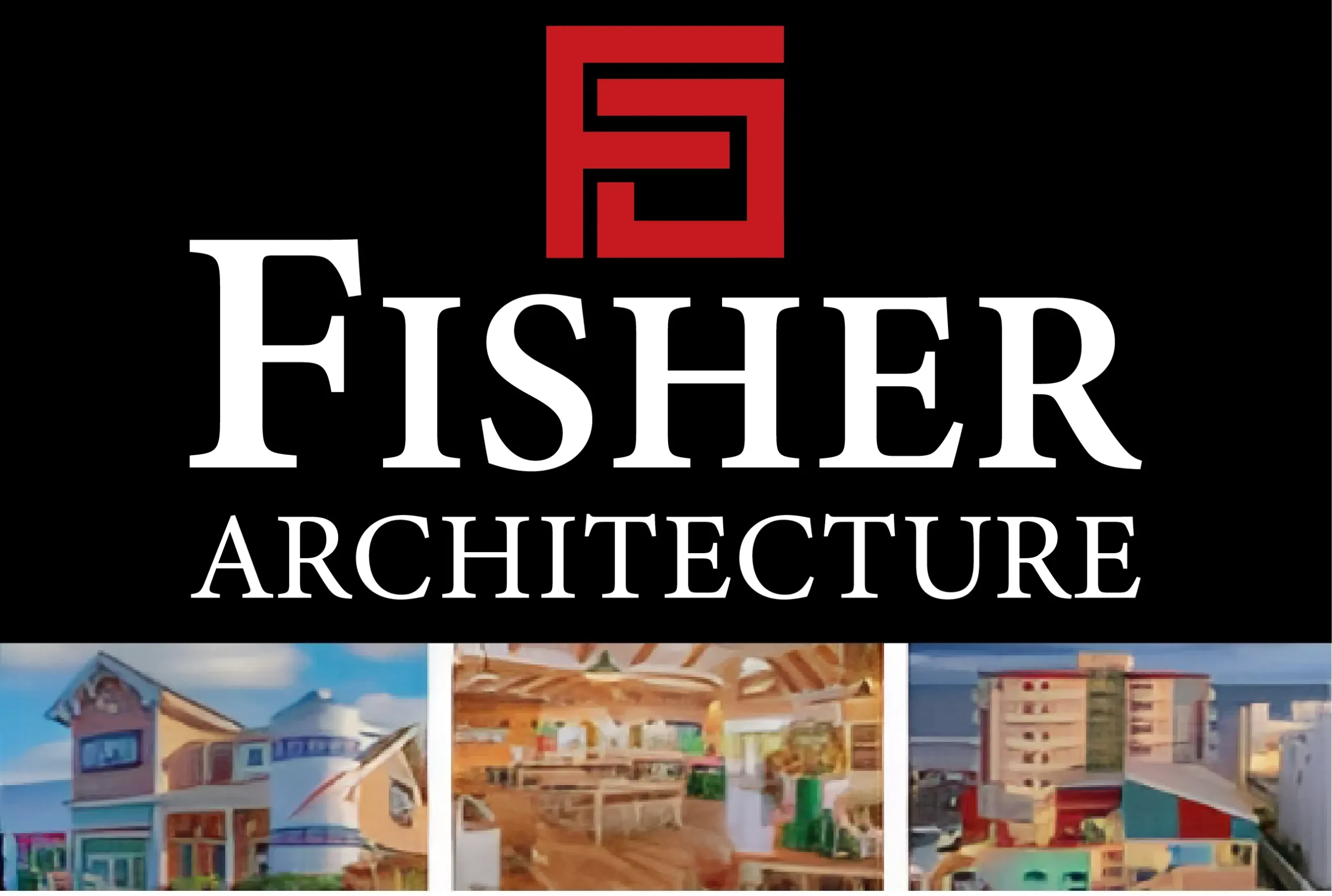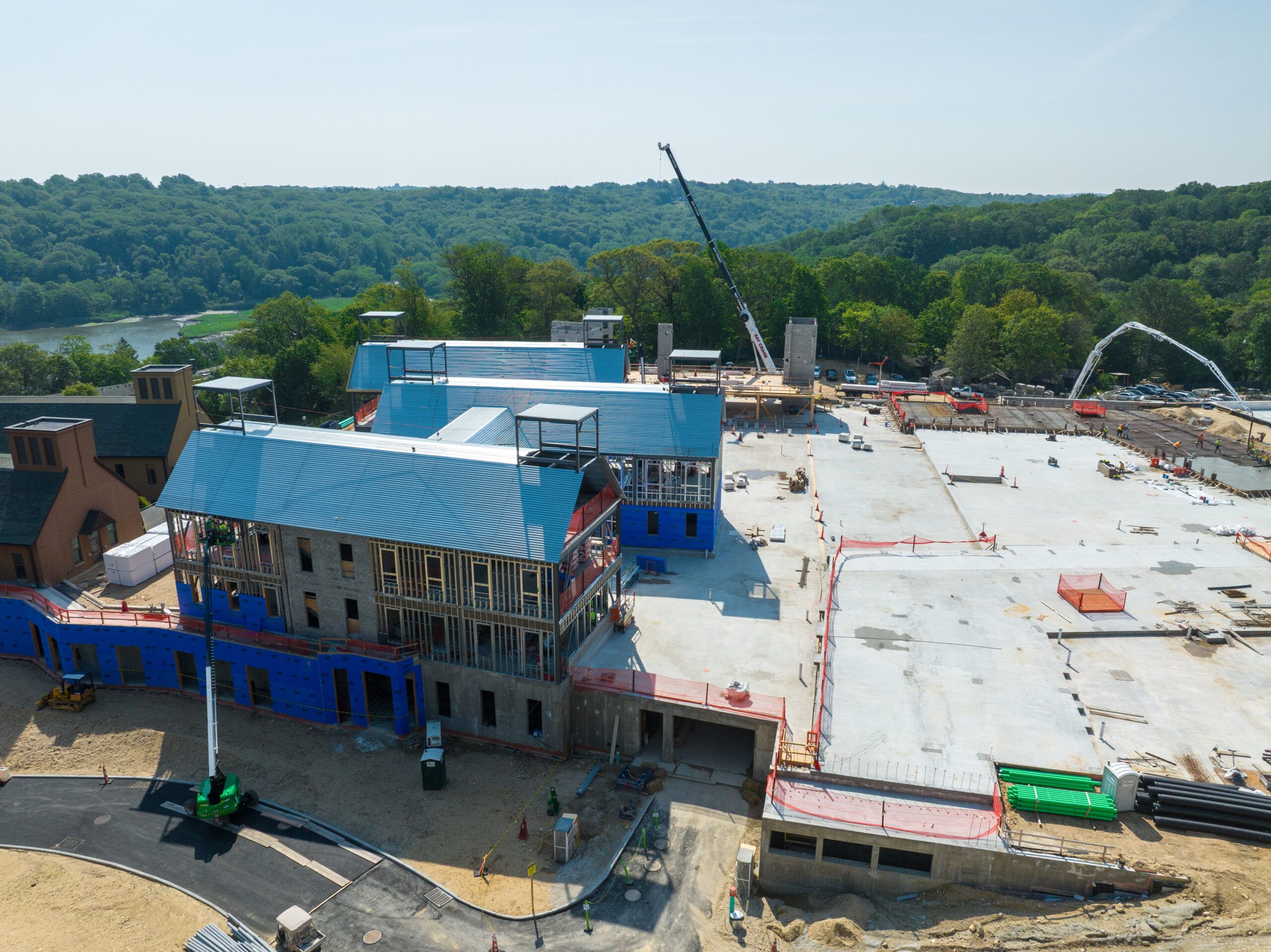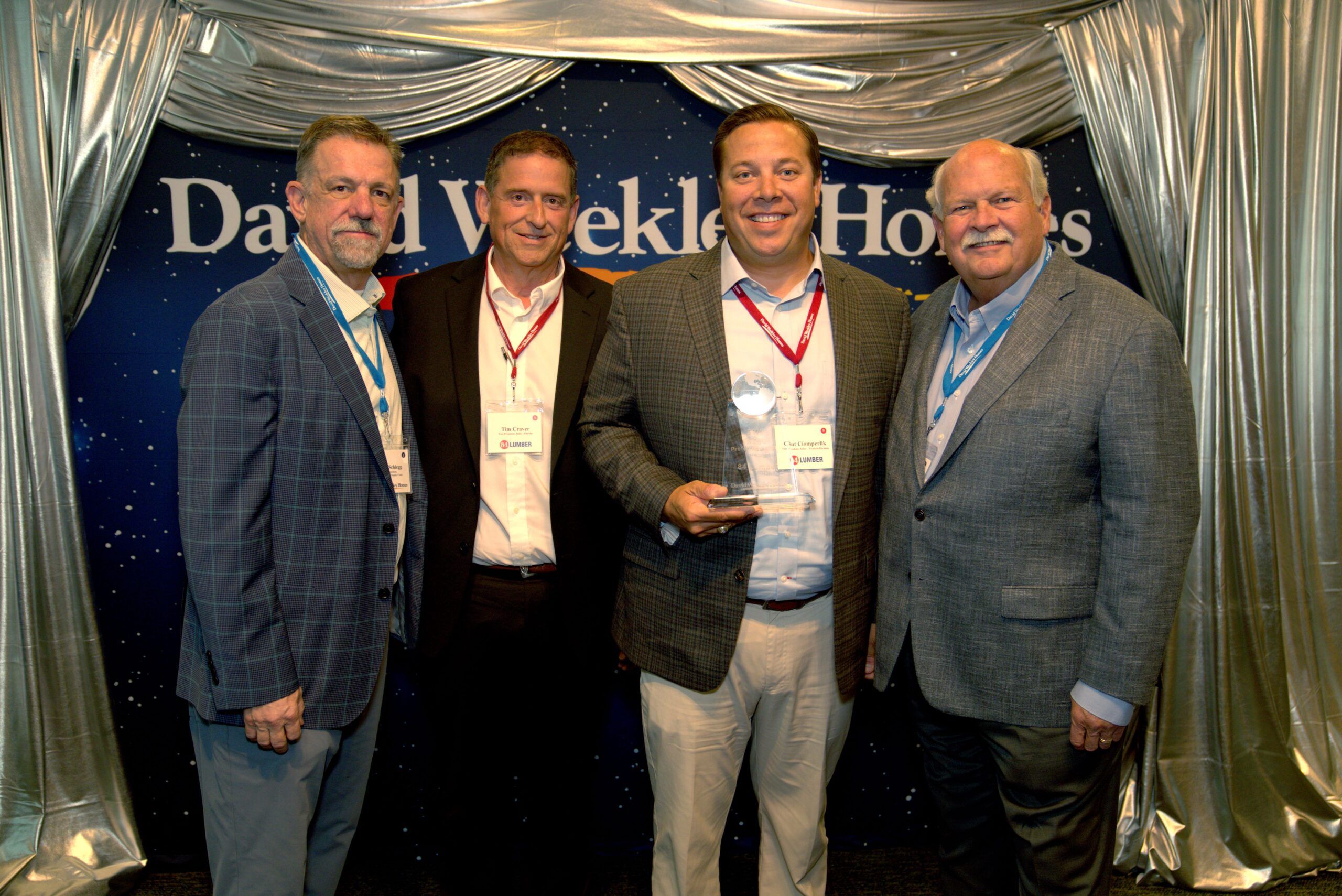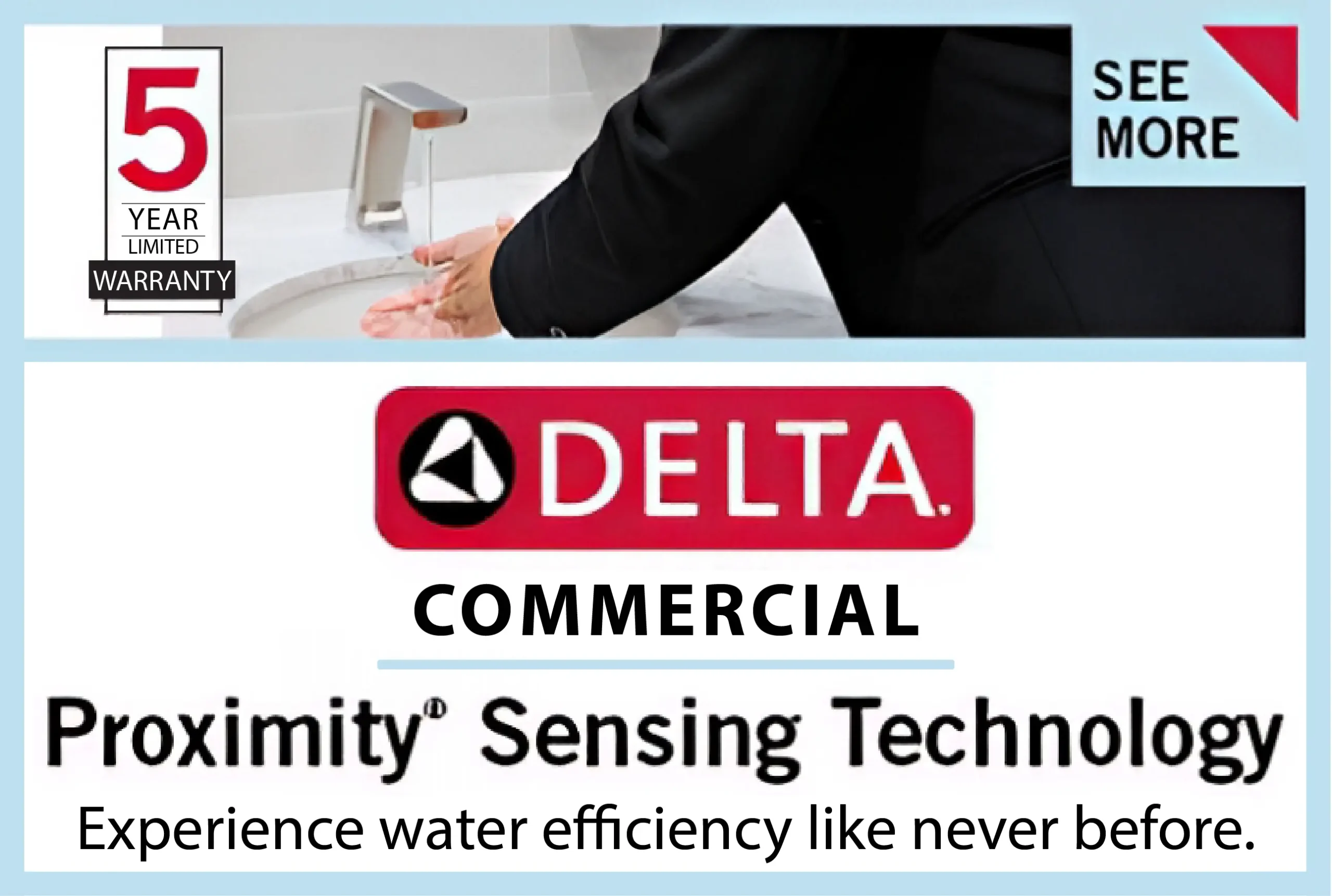In the demanding world of commercial construction and renovation, maintaining optimal facility operations requires vigilant attention to equipment health. Reliable commercial HVAC and refrigeration services have become the backbone of successful project management, ensuring that temperature-sensitive environments remain consistent throughout construction and occupation phases. When building managers prioritize emergency commercial HVAC and refrigeration services during both new construction and renovation projects, they significantly reduce the risk of costly downtime and project delays. Understanding the subtle warning signs of impending equipment failure can mean the difference between a minor adjustment and a catastrophic system shutdown that derails timelines and budgets.
The Temperature Tango: Inconsistent Cooling and Heating Patterns
Have you ever noticed how a commercial space feels like you’ve stepped from the Sahara into the Arctic within just a few feet? Those temperature fluctuations aren’t just uncomfortable—they’re screaming for attention like a toddler who’s spotted the cookie jar.
Temperature inconsistency represents one of the earliest and most overlooked warning signs of developing HVAC issues. Commercial systems are designed to maintain uniform conditions, so when certain areas feel like entirely different climate zones, it indicates air distribution problems, thermostat calibration issues, or failing components.
These inconsistencies impact more than comfort—they affect material performance during construction. Adhesives, sealants, and finishes all require specific temperature ranges for optimal curing and durability. Think of your commercial HVAC system as the conductor of an orchestra; when one section goes off-tempo, the entire performance suffers.
Action step: Map temperature variations across your facility using digital thermometers at consistent heights in different zones. Variations exceeding 5-7 degrees warrant immediate investigation by qualified technicians.
The Utility Bill Mystery: Unexplained Energy Consumption Spikes
If your monthly utility statements have started resembling small business loans, your commercial appliances might be staging an energy rebellion. A sudden, unexplained increase in energy consumption often indicates that equipment is working harder than necessary to achieve the same results—like a car burning through a tank of gas to travel half its usual distance.
This inefficiency frequently stems from refrigerant leaks, clogged filters, failing compressors, or damaged ductwork. Each forces the system to run longer cycles or operate at higher capacities to meet temperature demands.
Action step: Implement quarterly energy audits comparing consumption against same-period data from previous years, accounting for occupancy and weather differences. Establish a threshold percentage increase (typically 15-20%) that triggers professional evaluation.
The Ghost in the Machine: Unusual Sounds and Vibrations
Commercial equipment should be seen and not heard—at least not beyond its normal operational sounds. New noises from HVAC and refrigeration units speak volumes about their internal condition.
Grinding suggests bearing failures, while rattling indicates loose components. Whistling points to air or refrigerant leaks and repeated clicking often reveals electrical control problems. These sounds are the mechanical equivalent of pain signals—they indicate damage occurring in real-time.
Consider vibrations in the same category. Equipment designed to minimize vibration that suddenly develops a shake is telegraphing internal misalignment or wear. Like a vehicle developing a shimmy at highway speeds, these vibrations accelerate damage to other components through metal fatigue and stress.
Action step: Create a baseline sound profile by recording normal operational noise when equipment is functioning correctly. Use this reference to identify new or changed sounds immediately, and implement a “noise investigation protocol” for maintenance staff.
The Moisture Mystery: Unexpected Condensation and Leaks
Water where it shouldn’t be represents one of the most destructive forces in commercial construction. When HVAC and refrigeration systems develop condensation issues or leaks, they threaten not just their own operation but potentially the structural integrity of the building itself.
Moisture problems typically indicate blocked drainage systems, failing insulation, improper refrigerant pressure, or damaged evaporator coils. Left unaddressed, these issues create the perfect conditions for mold growth, electrical hazards, and accelerated corrosion of equipment and building components.
Action step: Install moisture detection systems at key points near commercial appliances, particularly in areas where visual inspection is difficult. These affordable sensors can provide early warning before water damage becomes extensive.
The Cycle Detective: Short-Cycling and Extended Run Times
Commercial HVAC and refrigeration equipment operates on carefully calibrated cycles. When these cycles change significantly—either running too briefly (short-cycling) or continuously without reaching set points—system failure is often imminent.
Short-cycling damages compressors through frequent starts that create mechanical stress and voltage spikes. Extended run times, meanwhile, accelerate wear while failing to achieve desired conditions. Both are akin to running a marathon by either sprinting and stopping repeatedly or jogging at half-speed—neither approach efficiently reaches the finish line.
Action step: Track cycle patterns over a 24-hour period seasonally to establish normal operation patterns. Implement monitoring systems that alert maintenance personnel when cycle durations deviate by more than 25% from established baselines.
The Air Quality Indicator: Unusual Odors and Airborne Particles
When commercial environments develop new or worsening odors, HVAC systems often play a central role—either as the source or as a failure to properly filter and ventilate. Musty smells typically indicate microbial growth, while burning odors suggest electrical or mechanical overheating.
Similarly, increasing dust or particles settling on surfaces throughout a facility suggests filtration failure or duct contamination. These issues impact construction quality, occupant health, and equipment longevity alike.
Action step: Schedule quarterly duct inspections with fiber-optic cameras to identify contamination before it spreads. Implement regular filter replacement schedules based on particle monitoring rather than just calendar intervals.
The Predictive Maintenance Advantage
Recognizing these hidden performance killers transforms commercial equipment management from reactive emergency responses to strategic maintenance. By implementing systematic monitoring protocols focusing on these five warning categories, construction and renovation professionals can identify critical repair needs before catastrophic failures occur.
The most successful commercial projects treat HVAC and refrigeration systems as central to project success rather than background utilities. This approach not only preserves equipment lifespans but ensures that construction timelines remain intact and finished spaces perform as designed from day one.
Remember that in commercial construction and renovation, mechanical systems are the invisible foundation upon which all other work depends. Keeping them healthy ensures that the visible aspects of every project have the best chance to shine.











